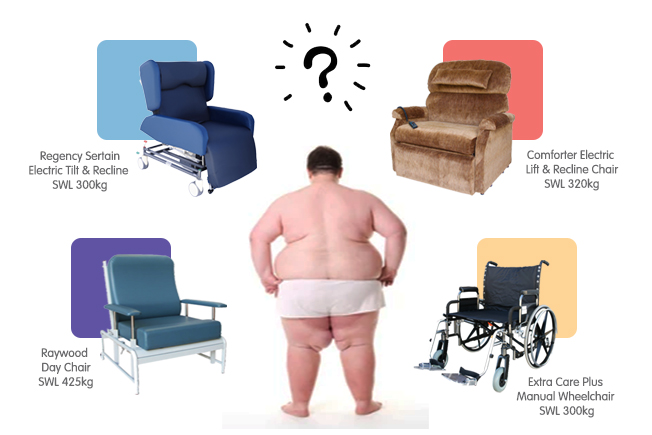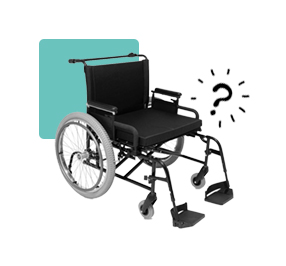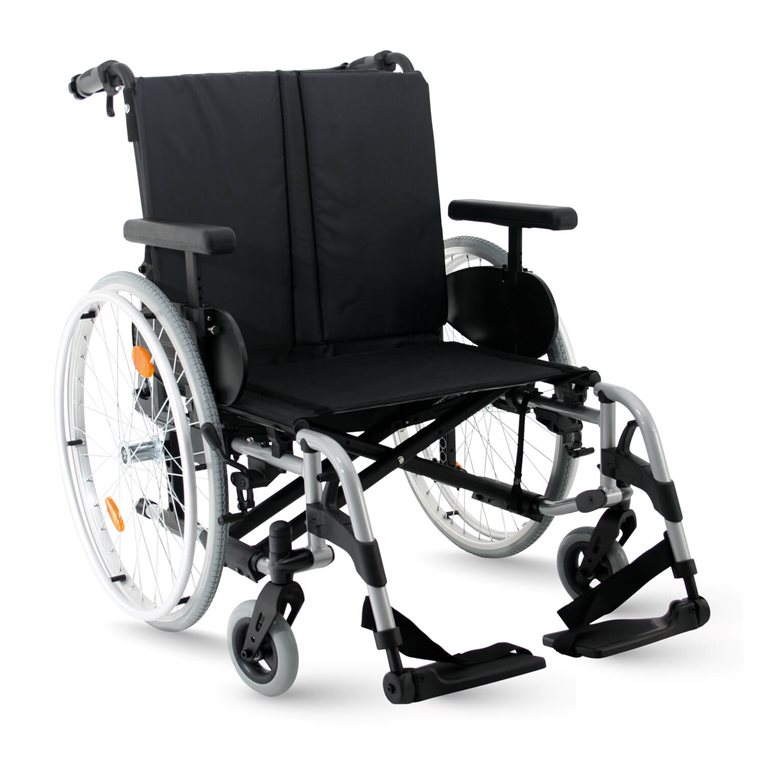
Being smart about seating for the Bariatric Client
by Annette Terranova, OT, Clinical Educator & Trainer
Following a very successful series of clinical training workshops to empower therapists in Perth with the skills to become smart equipment prescribers for the plus size individual, I decided to write this blog post to help therapists recognise the particular challenges related to seating for people of size.

See Bariatric Equipment workshop highlights
![]()
Beyond the Safe Working Load – Being smart about Seating for People of Size
Being smart about Seating for Bariatric Clients means we need to think outside the box and beyond the safe working load of the seated surface.
Whilst the weight of the individual is important, we need to examine their body shape and how their weight distribution affects their seated position and the postures they adopt. The design of an appropriate chair needs to promote comfort, function, pressure injury prevention and the ability to fulfil personal goals.

- Different body shapes require different options
- Different people have different skills, abilities, goals and fears.
- Whilst weight is significant, it is the way in which a person’s body mass is distributed that is the key to finding the right fit.
- There is often not one perfect answer
To begin with, a chair or wheelchair like this Breezy Rubix below needs to be adjustable, have multiple sizes or scripted to the corresponding body type.
The following should be considered when choosing the most appropriate seated surface for a person of size.
- Back support – consider where the back support is required and what may happen to back support over time when constantly exposed to the force of the open seated posture of the bariatric user. Can the backrest bear the load if the chair has tilt function? What is likely to happen if the chair has a rigidiser bar to support the backcanes and the back upholstery becomes stretched over time. How do back canes perform when the chair is loaded? Does the backrest accommodate a gluteal shelf whilst providing lumbar support?
- Seat base – does it sag when loaded affecting posture? Does the seat structure withstand uneven weight bearing?
- Seat depth – can seat depth be adjusted to accommodate a gluteal shelf?
- Seat width – when increasing the seat width of a wheelchair an additional 200mm is required to take into consideration the wheels and push rims.
- Adjustable axis – can the centre of gravity be changed to accommodate the seated centre of gravity of the individual to maintain safety and stability of the individual and chair?
- Seat to floor height – just because someone has a high weight doesn’t mean they are tall and wide, they may be short and wide or tall and slim.
- Footrest– what size is the footrest? Does the footrest take the weight of the lower limb, does the individual weight bear on the footrest to reposition, are the feet held in an abducted or adducted position depending on the location of subcutaneous tissue on the thighs?
- Armrest – can armrests be removed or extended to assist with transfers? Do armrests impinge on the body, are sides of the chair open to allow flow of tissue to avoid pressure injuries or allow for a slightly narrower chair to be used.
- Tilt – can assist with securing the pelvis and relieving seated pressure on the Ishial tuberosities.
- Recline – can assist with opening up an individuals posture accommodating excessive weight in the abdominal area without encouraging the person to slide forward in their chair.
- Weight capacity – sometimes the integrity and lifespan of a chair or wheelchair can be compromised when the user weight is close to the safe working load of the equipment.
- Weight of the equipment – often equipment designed for Bariatric Users can be heavy and cumbersome. Does the user require an attendant to push them in the chair this then requires OHS to be considered or the application of assistive powered devices. Does equipment need to be transported in the back of a vehicle?
- Home/Community accessibility.
- Cushions/ Pressure Injury Care – does the seated surface support the use of a Pressure Redistribution cushion – does the cushion remain effective for the weight of the user?
When considering all of these factors in selecting suitable seating for people of size it is paramount that we remember that “ The Person of size has the same rights to effective treatment, respect, kindness and professional expertise as any other patient or individual”.
Clinicians responsible for equipment prescription require awareness of the specific needs of each plus size individual and the criteria that equipment needs to fulfill in order to best facilitate functional independence, comfort, safety and a sense of well being.
Challenged with prescribing equipment for your client? You are welcome to use the form below to ask me a question, discuss your equipment needs or to organize a clinical training session for your allied health team.
![]()

Ask Annette
![]()
Posted on 22 June 2021

